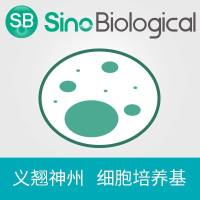Analysis of Fusion Using a Virus-Free Cell Fusion Assay
互联网
553
For enveloped viruses, such as viruses within the herpesvirus family, of which Epstein-Barr virus (EBV) is a member, infection of target cells includes two distinct steps. The first is characterized by the binding of viral envelope glycoproteins to host cellular receptors. After binding, the viral membrane and the cellular membrane fuse. Without both binding and fusion, the virus is not able to enter the host target cell efficiently. Combined with the specific tropism of EBV for primarily two cell types, B lymphocytes and epithelial cells, and the difficulty in inducing lytic replication of EBV in vitro, there is a lack of a good experimental model to study EBV-induced viral fusion. To study fusion more efficiently and effectively, we have employed a virus-free cell-cell fusion assay. In the effector cell, the viral glycoproteins and a plasmid containing the T7 promoter, driving the luciferase gene, are expressed. In the target cell type, T7 RNA polymerase is transfected. Fusion is quantitated by the amount of luciferase expression after mixing of the two cell types. Alongside the fusion assay, a CELISA is performed to determine glycoprotein expression on the effector cells. This methodology has been useful in studying membrane fusion induced by other herpesvirus family members.









